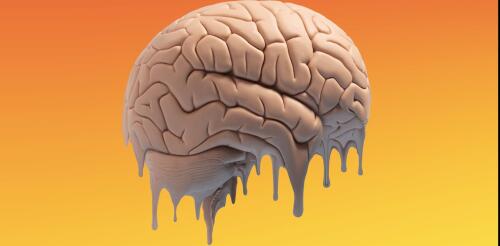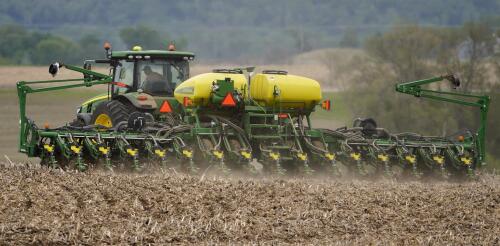environment
Human-driven climate change is increasingly shaping the Earth’s living environments. Rising temperatures, rapid shifts in rainfall and seasonality, and ocean acidification are presenting altered environments to many animal species. How do animals adjust to these new, often extreme, conditions? Animal nervous systems play a central role in both enabling and limiting how they respond to changing climates. Two of my main research interests as a biologist and neuroscientist involve understanding how animals accommodate temperature extremes and identifying the forces that shape the structure and function of animal nervous systems, especially brains. The intersection of these interests led me to explore the effects of climate on nervous systems and how animals will likely respond to rapidly shifting environments. All major functions of the nervous system – sense detection, mental processing and behavior direction – are critical. They allow animals to navigate their e...
For all the attention on flashy new artificial intelligence tools like ChatGPT, the challenges of regulating AI, and doomsday scenarios of superintelligent machines, AI is a useful tool in many fields. In fact, it has enormous potential to benefit humanity. In agriculture, farmers are increasingly using AI-powered tools to tackle challenges that threaten human health, the environment and food security. Researchers forecast the market for these tools to reach US$12 billion by 2032. As a researcher studying agricultural and rural policy, I see three promising developments in agricultural AI: federated learning, pest and disease detection and forecasting prices. Pooling data without sharing it Robotics, sensors and information technology are increasingly used in agriculture. These tools aim to help farmers improve efficiency and reduce chemical use. In addition, data collected by these tools can be used in software that uses machine learning to improve management systems and de...
Global heat has seared to new extremes in recent months, and devastating climate disasters are providing powerful reminders of the costs of climate change, as governments around the world prepare for the 2023 United Nations climate summit that starts on Nov. 30. While a small window of hope remains for meeting the goals of the 2015 Paris climate agreement, the world’s greenhouse gas emissions continue to rise. This year’s climate summit, COP28, needs to be transformative. What will it take to harness a spirit of international cooperation in today’s complex, divisive and volatile world abounding in self-interest? As a former senior U.N. official, I worked for years in multilateral consensus building among often hugely divergent parties. Here are some of the challenges and negotiating techniques I expect to see as representatives from countries around the world come together in Dubai. The challenge of national self-interest To slow climate change, the world m...
Air pollution particles from coal-fired power plants are more harmful to human health than many experts realized, and it’s more than twice as likely to contribute to premature deaths as air pollution particles from other sources, new research demonstrates. In the study, published in the journal Science, colleagues and I mapped how U.S. coal power plant emissions traveled through the atmosphere, then linked each power plant’s emissions with death records of Americans over 65 years old on Medicare. Our results suggest that air pollutants released from coal power plants were associated with nearly half a million premature deaths of elderly Americans from 1999 to 2020. It’s a staggering number, but the study also has good news: Annual deaths associated with U.S. coal power plants have fallen sharply since the mid-2000s as federal regulations compelled operators to install emissions scrubbers and many utilities shut down coal plants entirely. In 1999, 55,000 death...
Curious Kids is a series for children of all ages. If you have a question you’d like an expert to answer, send it to curiouskidsus@theconversation.com. How do crystals form? – Alyssa Marie, age 5, New Mexico Scientifically speaking, the term “crystal” refers to any solid that has an ordered chemical structure. This means that its parts are arranged in a precisely ordered pattern, like bricks in a wall. The “bricks” can be cubes or more complex shapes. I’m an Earth scientist and a teacher, so I spend a lot of time thinking about minerals. These are solid substances that are found naturally in the ground and can’t be broken down further into different materials other than their constituent atoms. Rocks are mixtures of different minerals. All minerals are crystals, but not all crystals are minerals. Most rock shops sell mineral crystals that occ...




